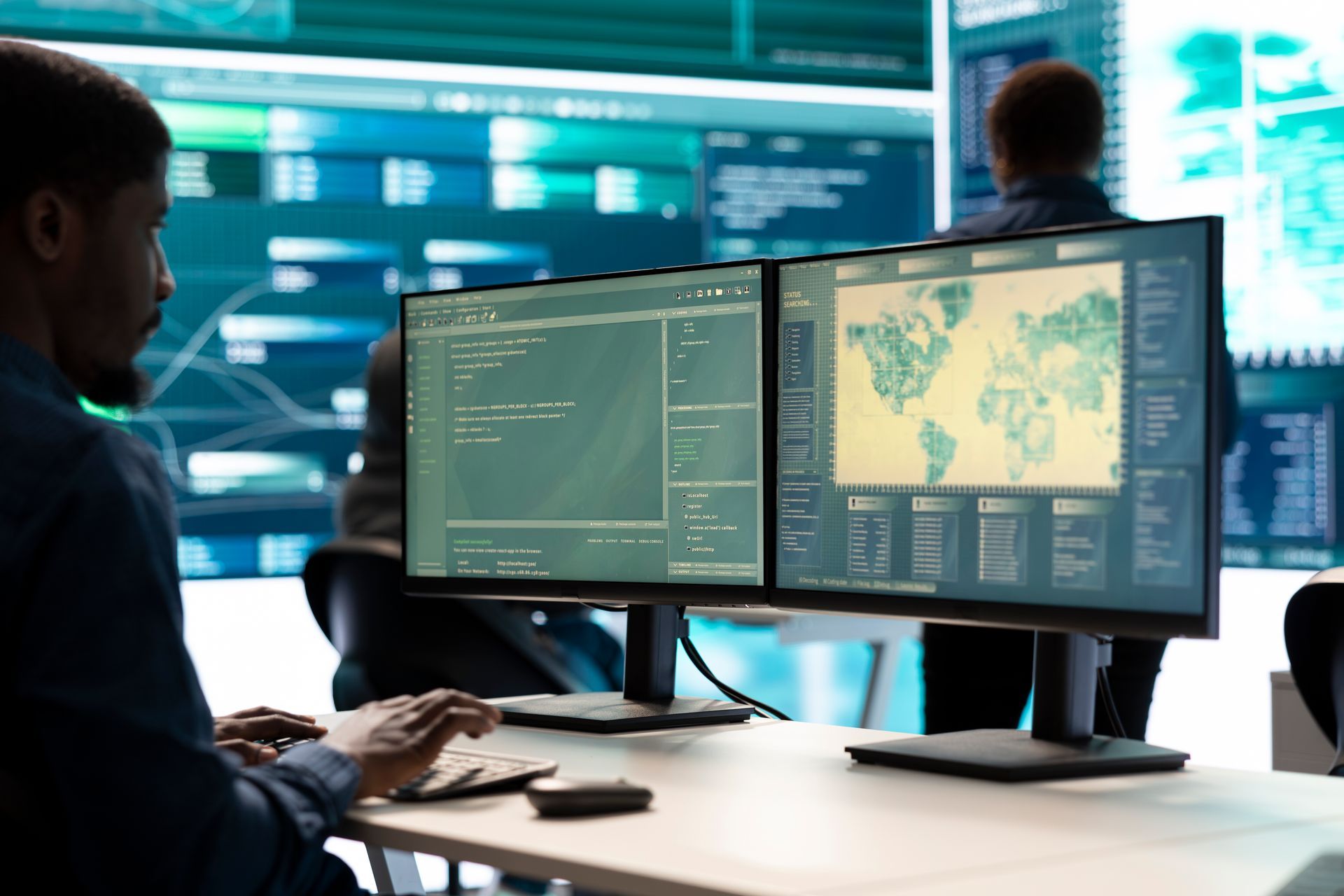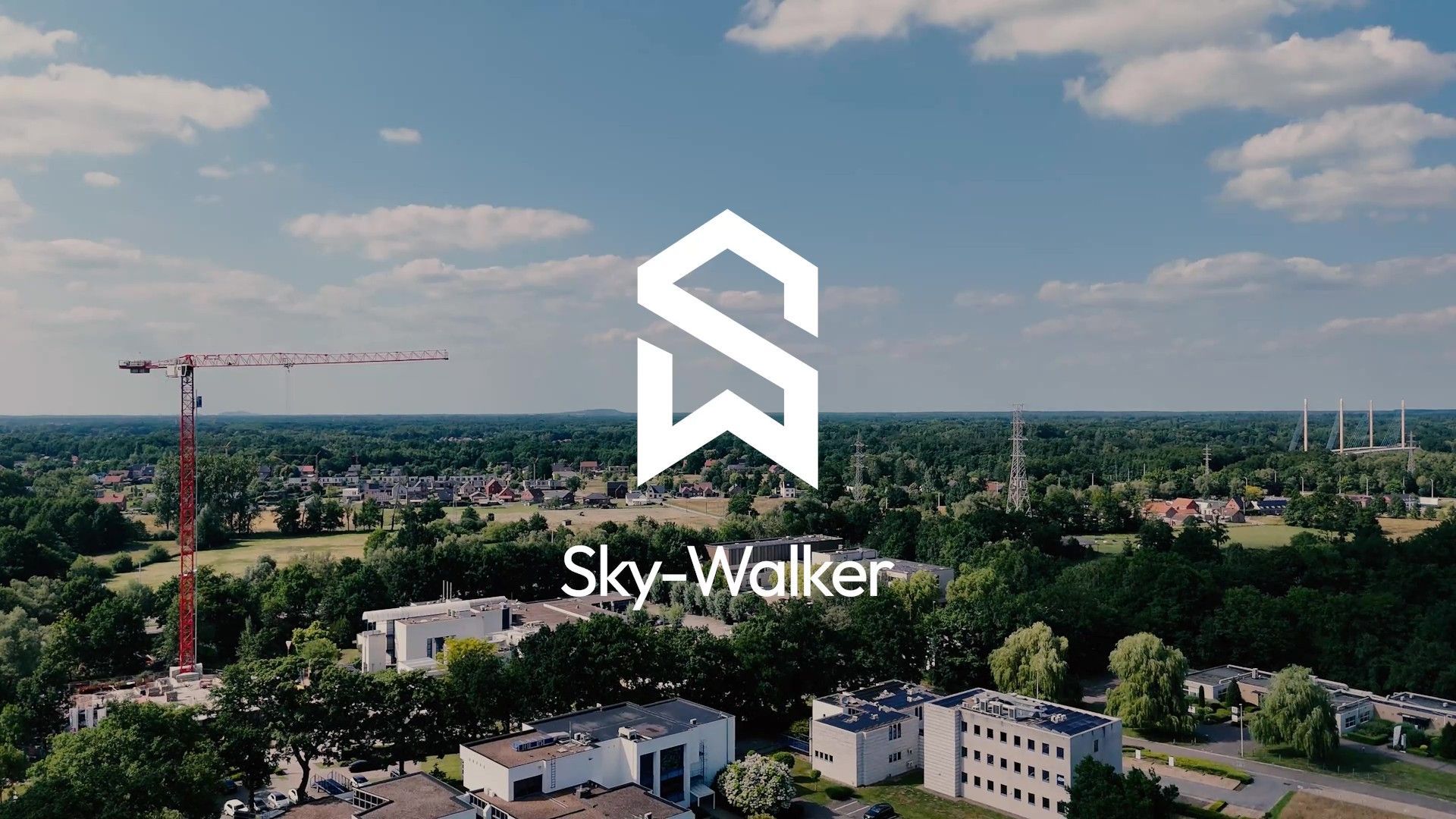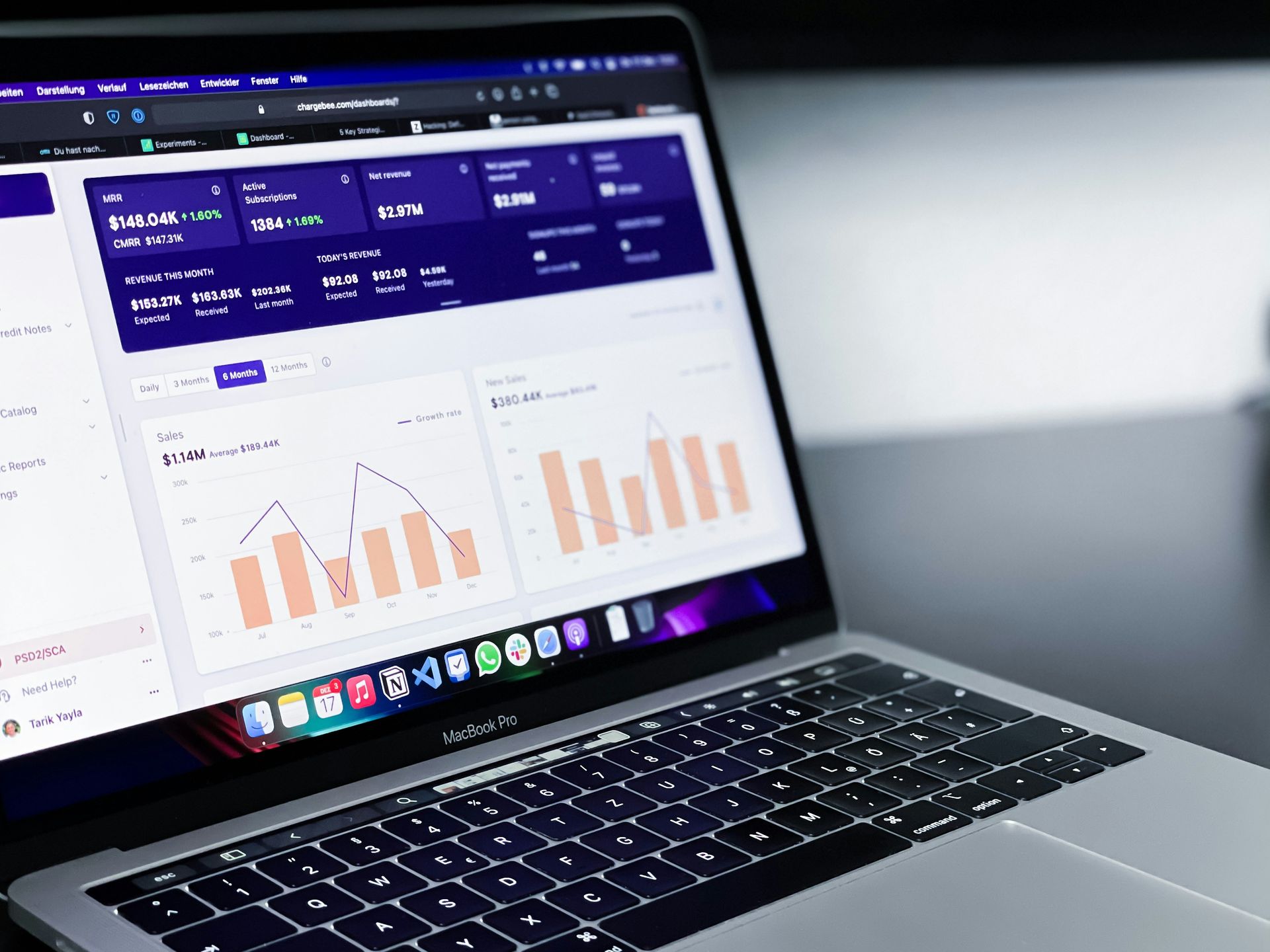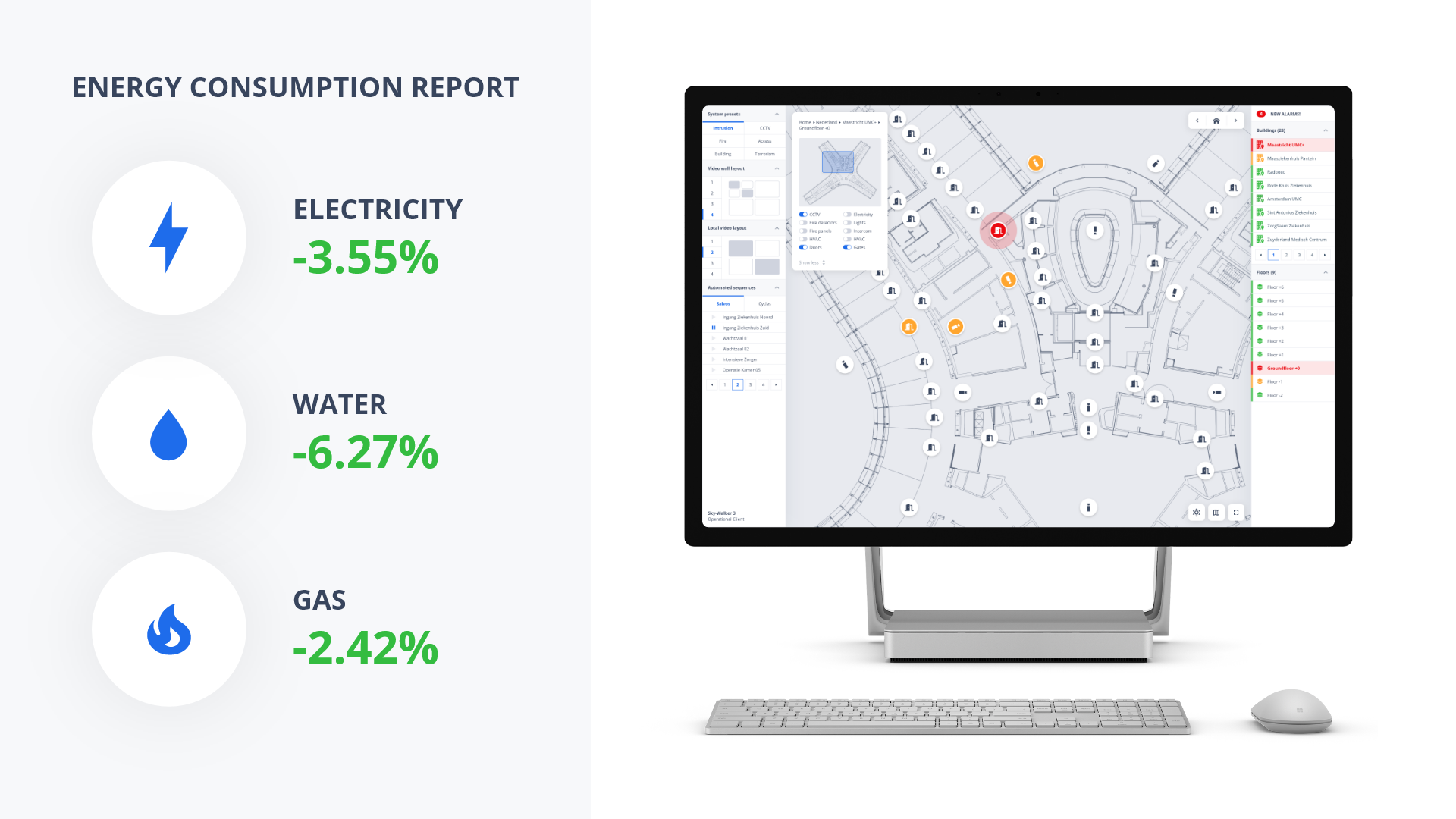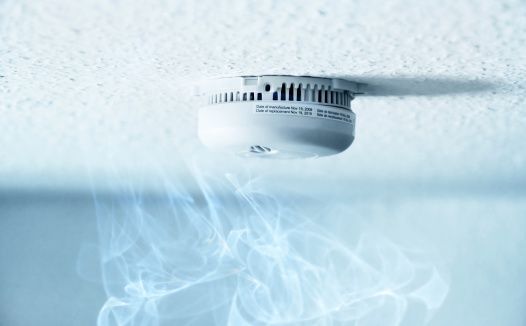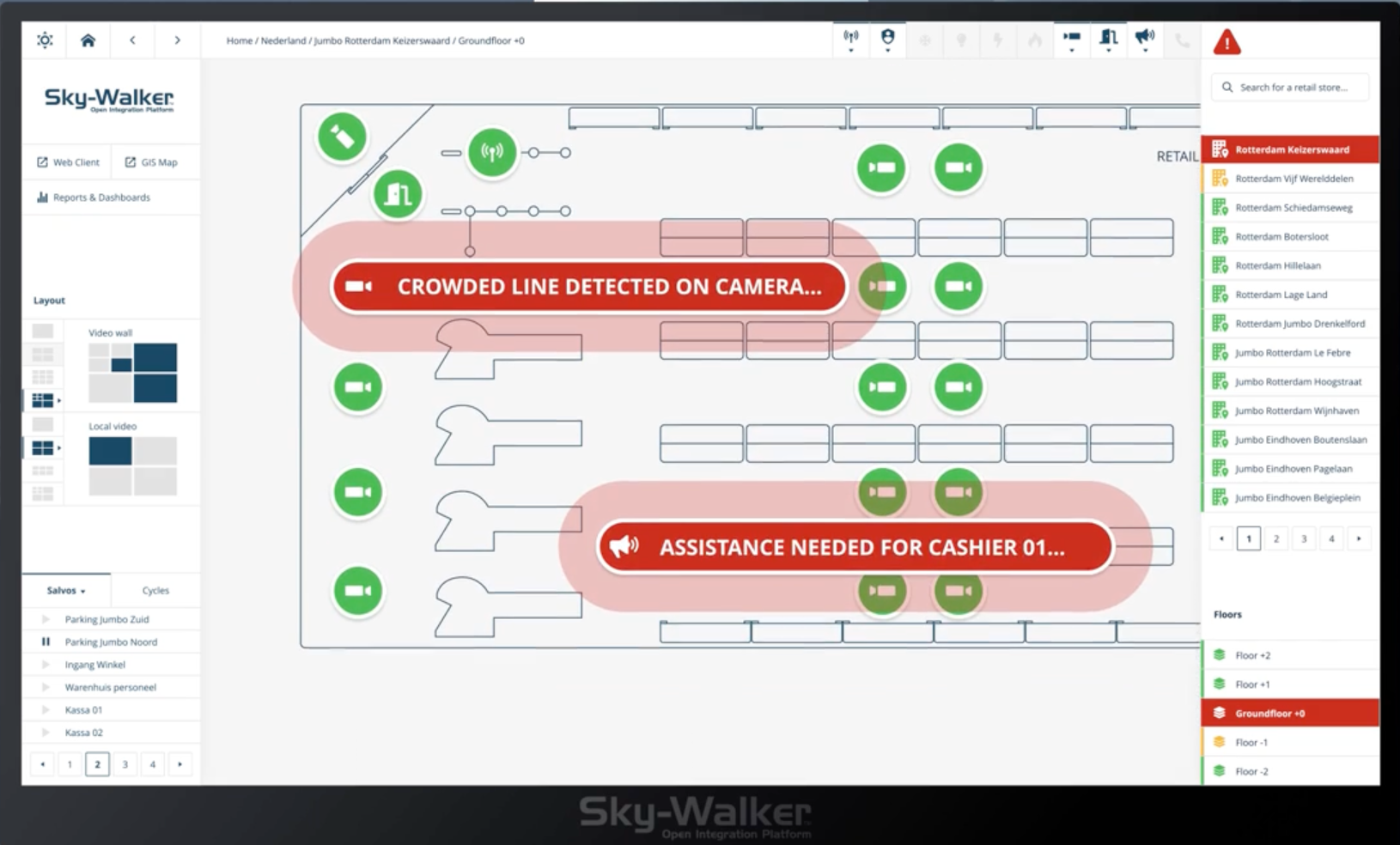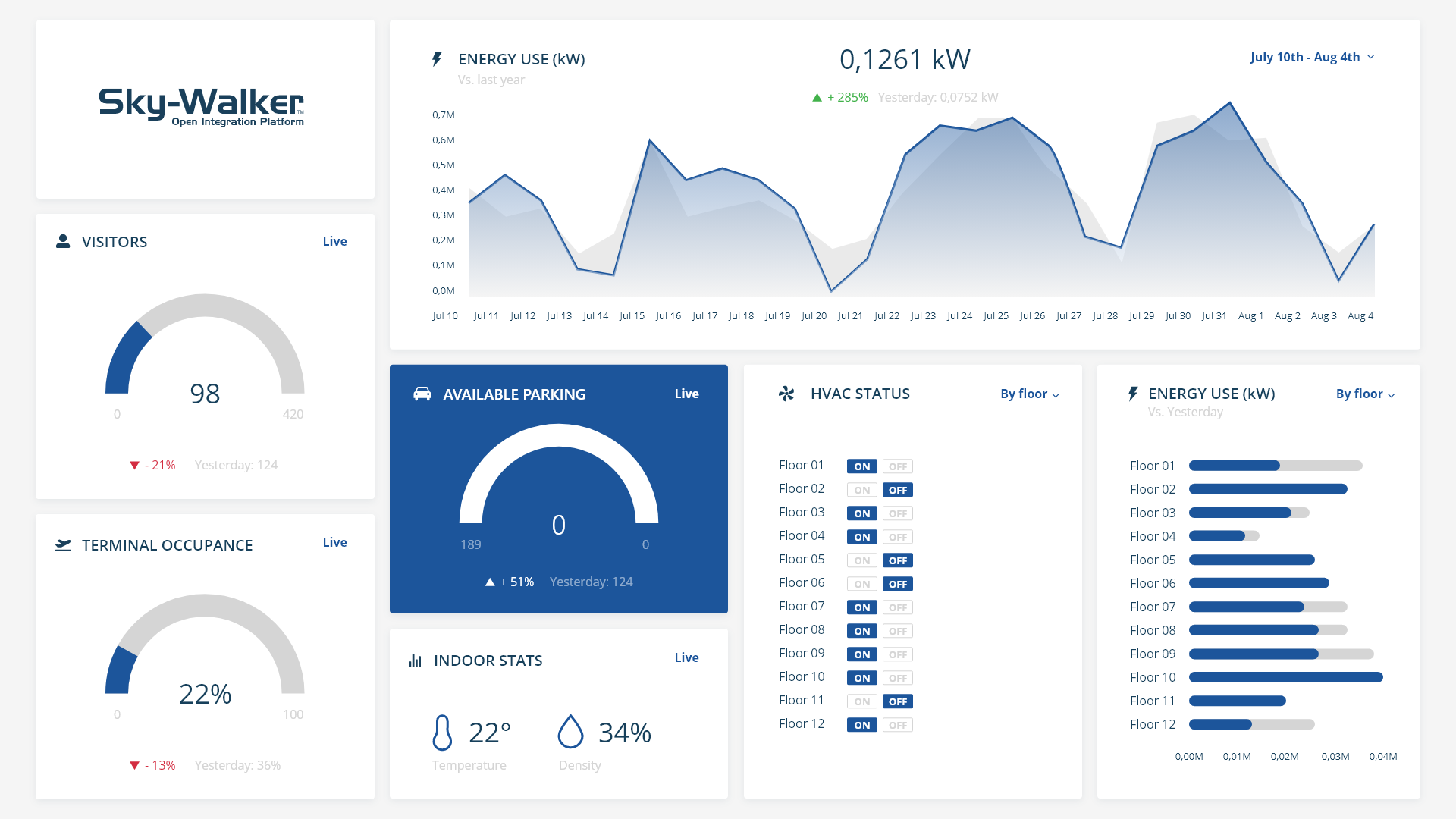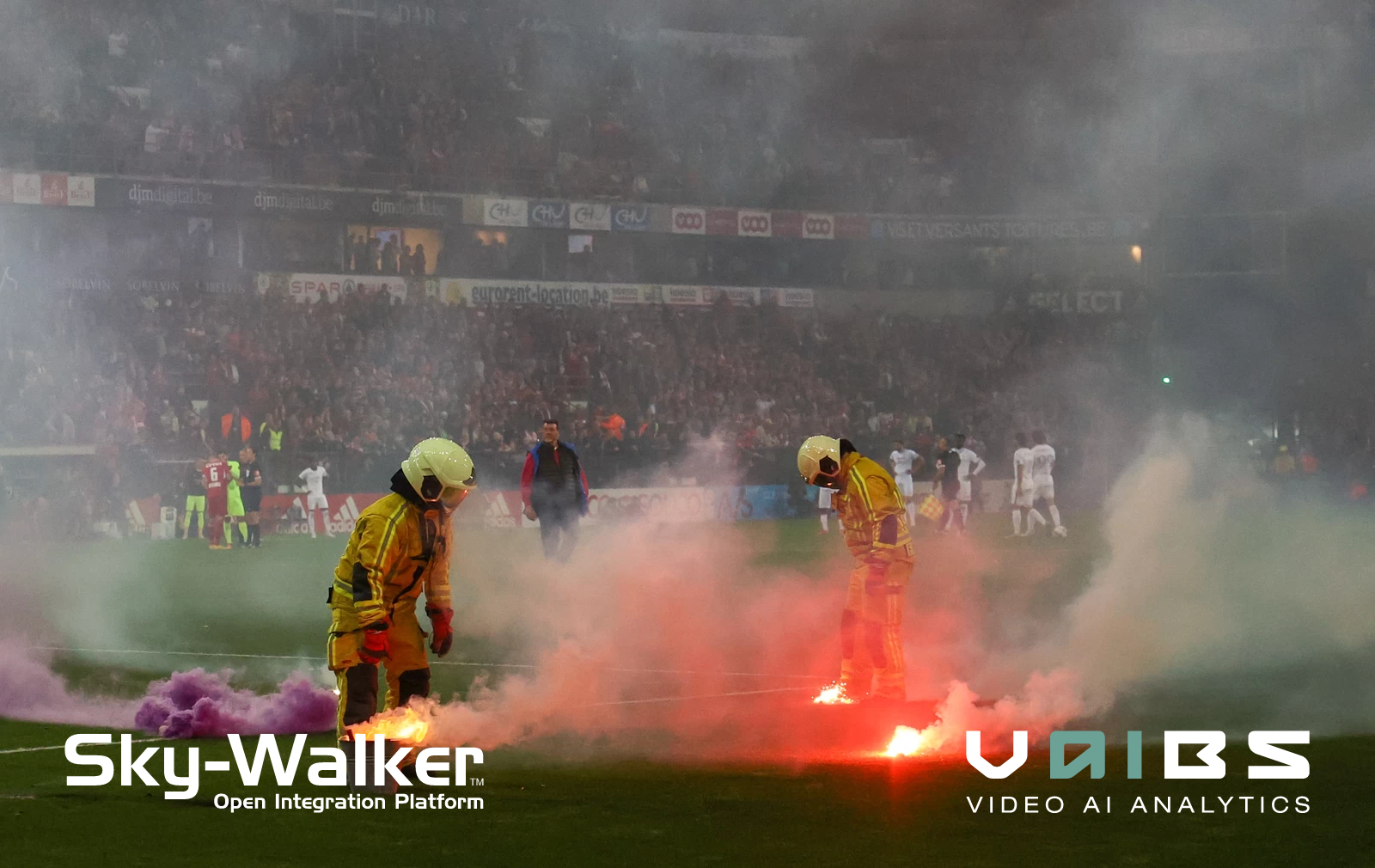Summer: How to Ensure Safety and Comfort Within Your Buildings?
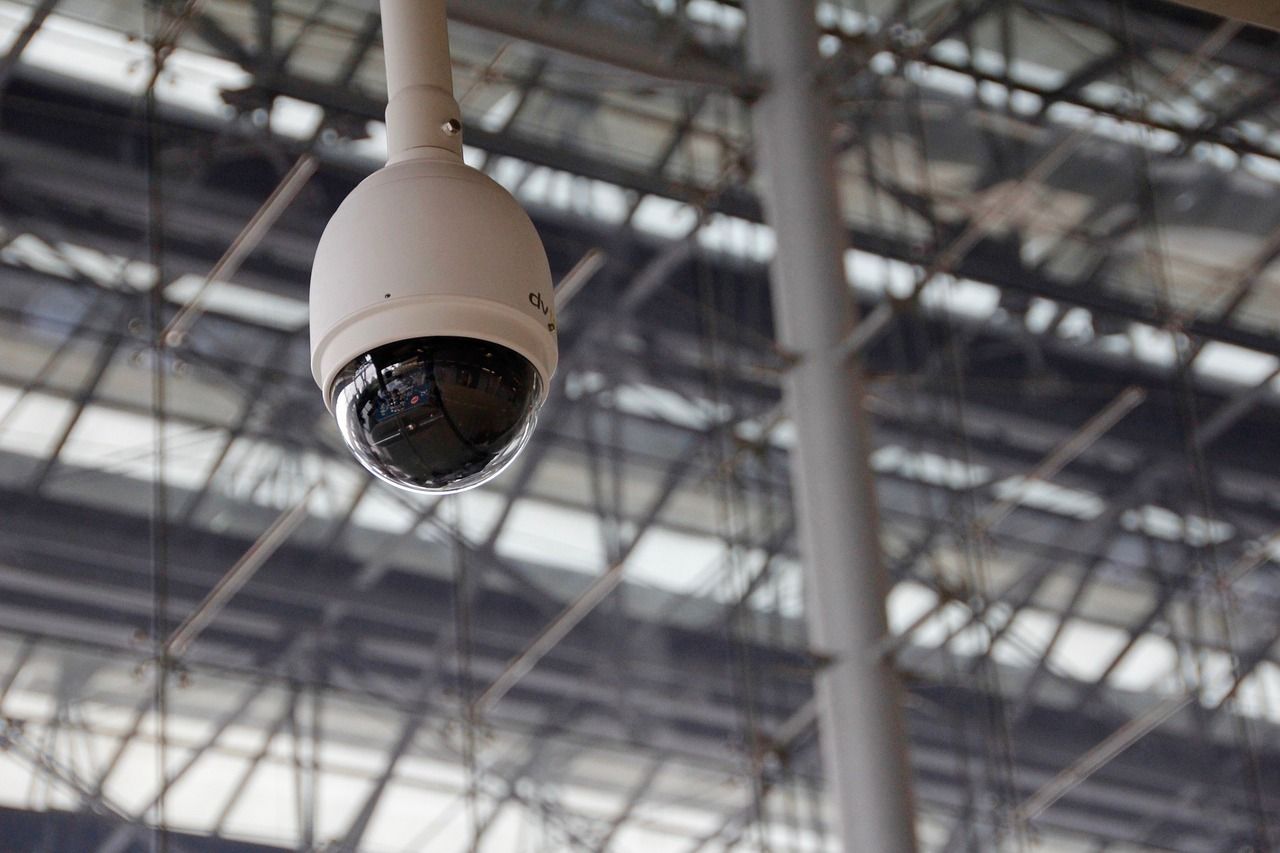
Summer is here, and businesses must equip themselves with effective systems and equipment to guard against any fires that may occur at any time of day. The comfort of occupants is also essential. Due to temperature changes that can occur at any time, businesses need to be equipped with optimal solutions to ensure comfort for the occupants of their buildings.
The key figures statistics you most know about fire
A fire breaks out every two minutes on average
As a rule, it takes no more than three minutes for a fire in a room to reach temperatures of up to 600°C. Due to the rapid spread of fire, it is crucial to be reactive when a fire starts and to have an effective prevention solution in place.
It is not the flames that kill
Most deaths occurring during a fire are not caused by the flames themselves but by toxic fumes accompanying the smoke, such as carbon monoxide. It is therefore important to equip corridors and rooms with smoke detectors and effective alarm systems to alert occupants in case of a potential fire.
Nighttime fires are the deadliest
Roughly seven out of ten fires occur during the day, during activity, but it is nighttime fires that are the deadliest. In the darkness and amid fatigue, occupants are significantly less responsive and at risk of asphyxiation.
What equipment should be installed to prevent and protect against a fire?
Smoke detectors (DAAF): They are essential for detecting smoke presence at the onset of a fire, thereby quickly alerting occupants.
Fire extinguishers: They should be strategically placed throughout buildings to enable swift and effective intervention in case of a small fire.
Fire doors: Essential for containing fire spread between different areas, fire doors should be installed on each floor and in main corridors.
Fire alarms: They should be connected to smoke detectors to trigger audible and visual alerts, facilitating safe evacuation.
Automatic extinguishing systems (such as sprinklers): Recommended in high-risk areas to swiftly control flames before they spread.
Emergency lighting: Crucial in case of power outage during a fire, emergency lighting helps facilitate safe evacuation.
Signage and evacuation plans: Clear signage and visible evacuation plans should be displayed to guide occupants to emergency exits.
The key figures statistics you most know about temperatures
A temperature that continues to increase over the years
Each year, temperatures rise by 1.1°C, mainly due to climate change. Therefore, businesses must equip themselves with efficient air conditioning systems to ensure the comfort of occupants.
Heatwaves are becoming increasingly frequent.
In addition to the annual rise in temperatures, another phenomenon to note is the increasing frequency of extreme temperature fluctuations across all seasons. Therefore, businesses should not only install air conditioning systems but also comprehensive HVAC (Heating, Ventilation, and Air Conditioning) systems.
What equipment should be installed to prevent temperature change and comfort?
Thermal insulation: Adequate building insulation helps maintain a stable indoor temperature, thereby reducing the impact of external variations.
Heating-Cooling-Ventilation Systems: Effective heating systems such as boilers, radiators, or heat pumps can be installed to maintain a comfortable temperature during cold periods. To counteract heatwaves, efficient air conditioning systems like central air conditioners, split units, or Variable Refrigerant Flow (VRF) systems can be used to cool indoor spaces.
Automatic regulation: Thermostats and automatic regulation systems can be integrated to automatically adjust heating or cooling based on outdoor and indoor temperature variations.
Solar screens and high-performance energy-efficient windows: Using solar screens, double or triple glazed windows with low-emissivity coatings can reduce heat loss or excessive heat gain.
Energy management: Energy management systems can be implemented to optimize the use of heating and cooling equipment, thereby reducing energy consumption while maintaining thermal comfort.
Monitoring and maintenance: Regular monitoring of heating and cooling system performance, along with proper maintenance, is crucial to ensure continuous efficiency and minimize breakdowns.
By combining these different systems and equipment, businesses can better protect against temperature fluctuations and provide a comfortable and stable indoor environment for occupants.
Sky-Walker: the solution to connect all your systems and equipment in just a few clicks
Sky-Walker is a security solution that allows you to integrate and connect all your fire safety and comfort systems and equipment within a single platform. Intuitive and convenient, you can manage all your systems, alarms, and schedule equipment maintenance in real-time.
Acting as a OAU (operating assistance unit), the software enables you to comprehensively manage any fire incident swiftly. Designed to oversee systems and equipment, you can optimize temperatures through automatic adjustments and remotely manage electricity consumption (remote lighting shutdown for each room).







 Download Product Ebook
Download Product Ebook View all our solutions
View all our solutions Sky-Walker Architecture
Sky-Walker Architecture View all our integrations
View all our integrations Book Protocol workshop
Book Protocol workshop Our Company
Our Company Contact Us
Contact Us View All Our Case Studies
View All Our Case Studies English
English Français
Français Nederlands
Nederlands